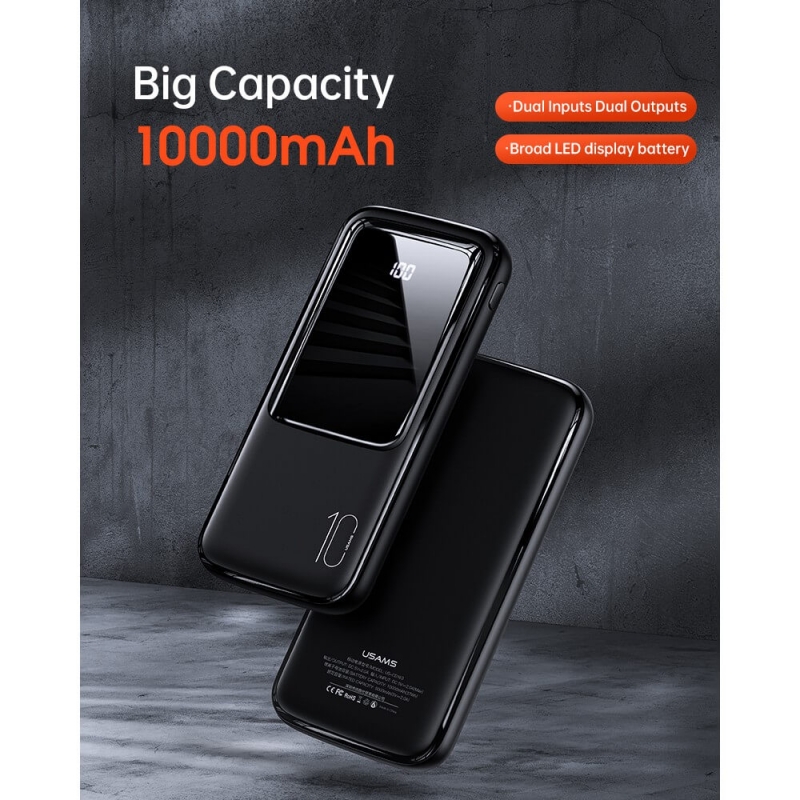
In fact, in some areas it is considered a curse calling the King of Hell to collect that person. Giving someone living "Hell bank notes" is considered a great insult. According to the Ministry, the ban on offerings such as paper " luxury villas, sedan cars, mistresses, and other messy sacrificial items" was part of an effort to eradicate " feudal" and superstitious behavior.

While the custom of burning "hell bank notes" remains legal in China, the Ministry of Civil Affairs has, as of 2006, banned the practice of "vulgar" burned offerings for the deceased. Alternatively, in some customs, each bank note may be folded in a specific way before being tossed into the fire due to the belief that burning real money brings bad luck. When burning the notes, the notes are placed as a loose bundle, in a manner that is considered respectful. Kennedy, Albert Einstein and Marilyn Monroe. Some even portray famous people who are deceased, such as US President John F. Some bills do not portray the Jade Emperor, and portray other famous figures from Chinese mythology instead, such as the Eight Immortals, the Buddha, Yama, or images of dragons. Stores that specialize in selling ritual items, such as the religious goods stores in Malaysia, also sell more elaborately decorated notes that have a larger denomination than the usual $10,000 note. These are sold in packs of 50 to 150, and are wrapped in cellophane. Many tiny, faint "Hell Bank Note"s are scattered on the back in yellow. The obverse contains, apart from the portrait of the Jade Emperor, the seal of the Bank of Hell consisting of a picture of the bank itself. There is usually an image of the "Bank of Hell" on the reverse of the notes.Ī commonly sold Hell bank note is the $10,000 note that is styled after the old United States Federal Reserve Note.

The obverse usually bears an effigy of the Jade Emperor, the presiding monarch of heaven in Taoism, and the countersignature of Yanluo, King of Hell ( 閻羅). Modern Hell bank notes are known for their large denominations, ranging from $10,000 to several billions. These earlier issues more commonly depict landscape scenes, temples or trains, and the numerous varieties may literally number into the millions. The soaring denominations of authentic currency was soon reflected in that issued for the afterlife, and after 1945 the majority of Hell banknotes were issued in denominations of $10,000 or higher. Designs Įarlier examples of these notes were issued in denominations of 5 and 10 yuan and upwards, with such amounts being considered adequate until inflation took hold within China from 1944. These particular bills are usually found in joss packs meant to be burned for Chinese deities, and are usually differently colored but have the same design as hell bank notes. Some printed notes attempt to correct this by omitting the word "hell" and sometimes replacing it with "heaven" or "paradise". The word "Hell" was thus misinterpreted to be the proper English term for the afterlife, and was thusly adopted as such. Ī popular anecdote claims that the word hell was introduced to China by Christian missionaries, who preached that all non-Christian Chinese people would go to hell after death. People believe that even in the earthly court, spirits need to use money.


After this particular judgment, they are either escorted to heaven or sent into the maze of underworld levels and chambers to atone for their sins. In traditional Chinese belief, it is thought to be where the souls of the dead are first judged by the Lord of the Earthly Court, Yama ( Yanluo Wang). The word hell on hell bank notes refers to Diyu ( traditional Chinese: 地獄 simplified Chinese: 地狱 pinyin: dìyù, "underworld prison" also 地府, dìfǔ, "underworld court").


 0 kommentar(er)
0 kommentar(er)
